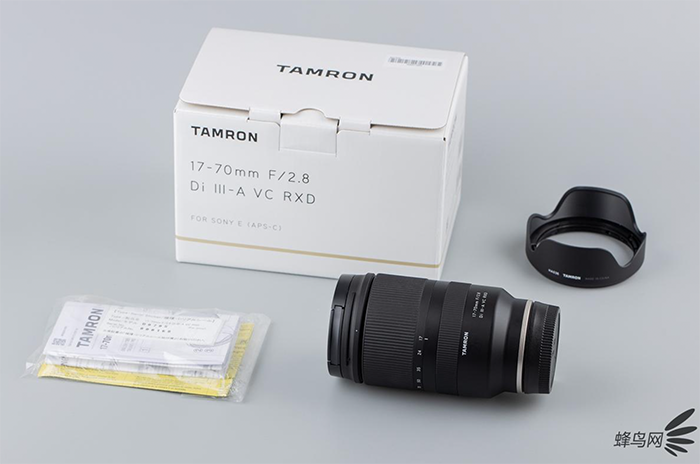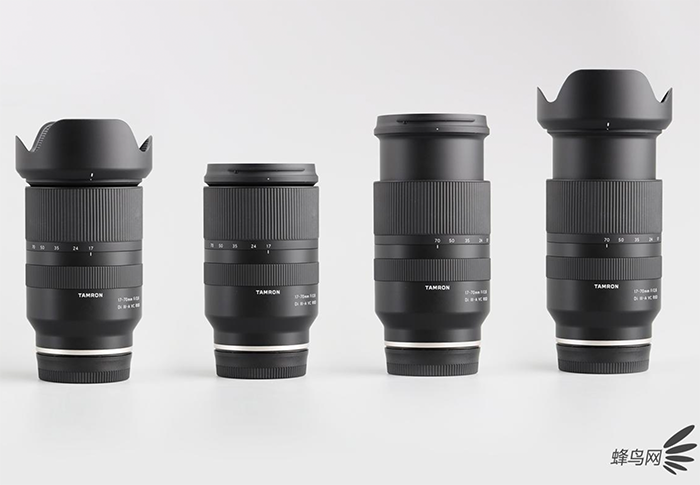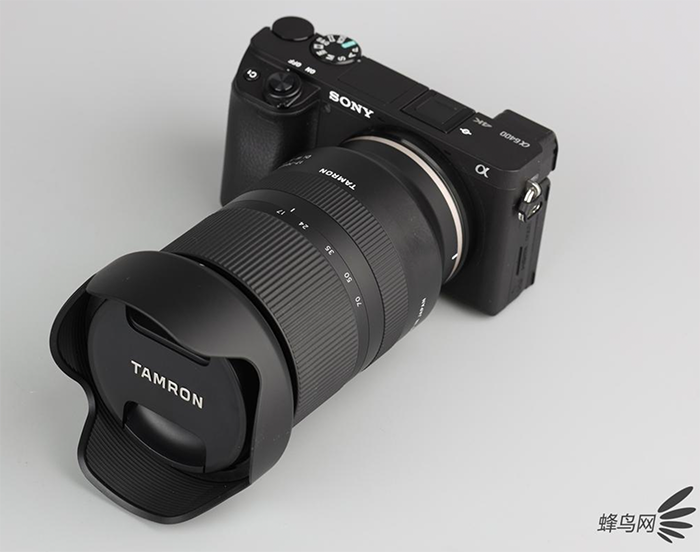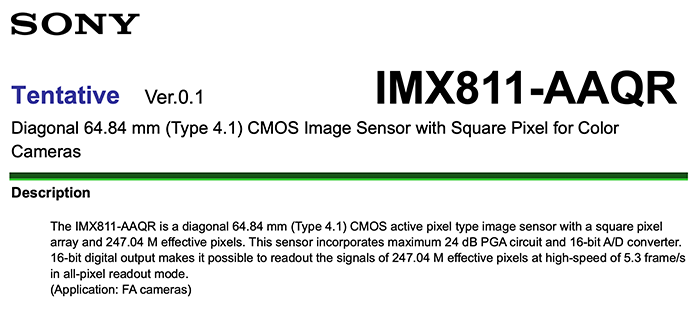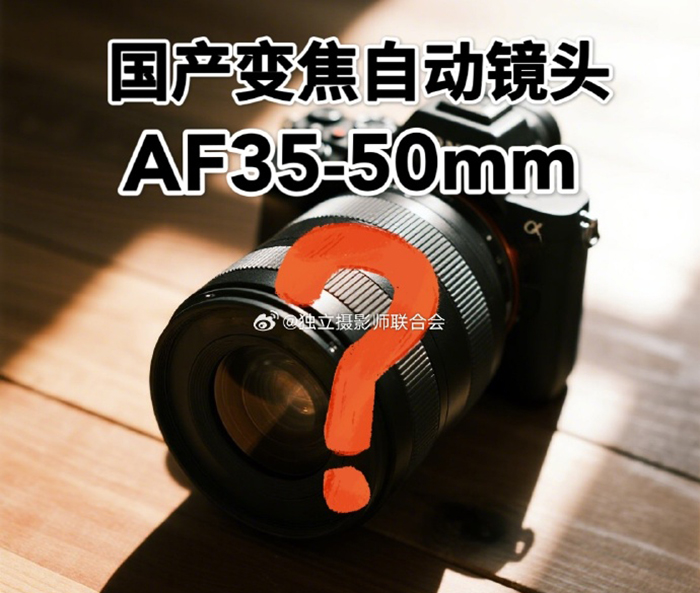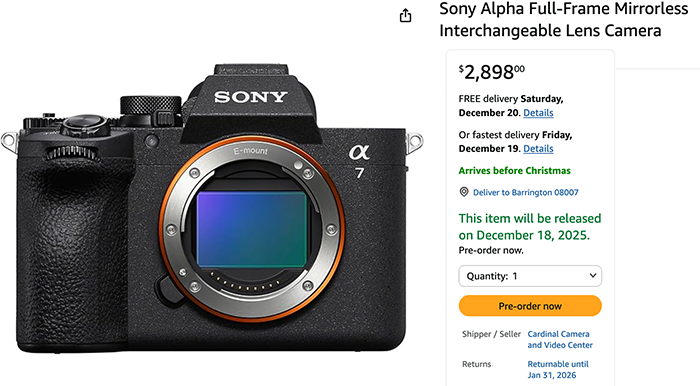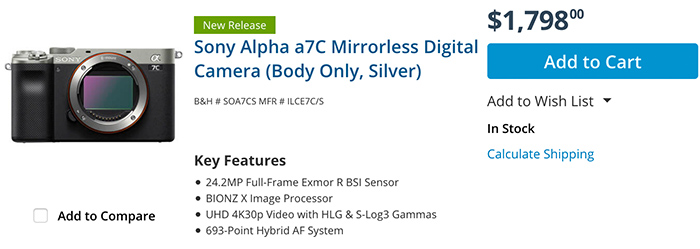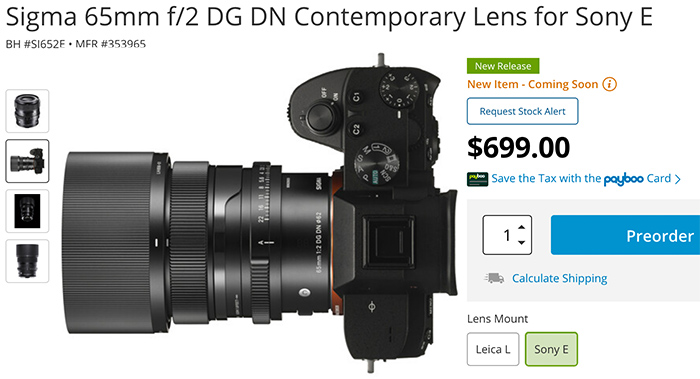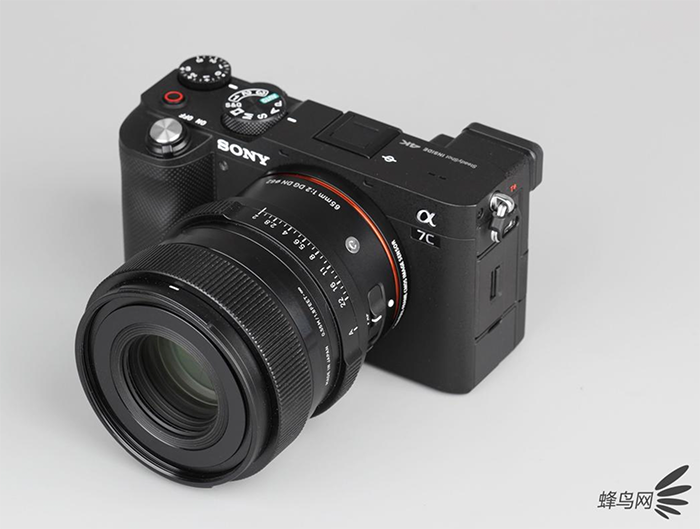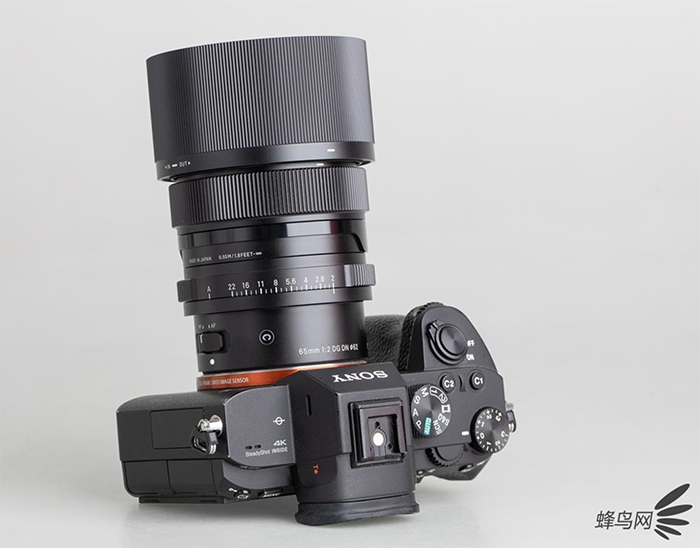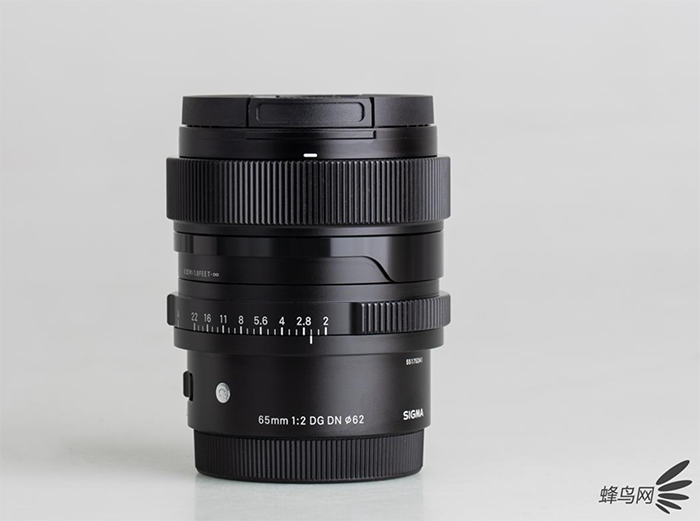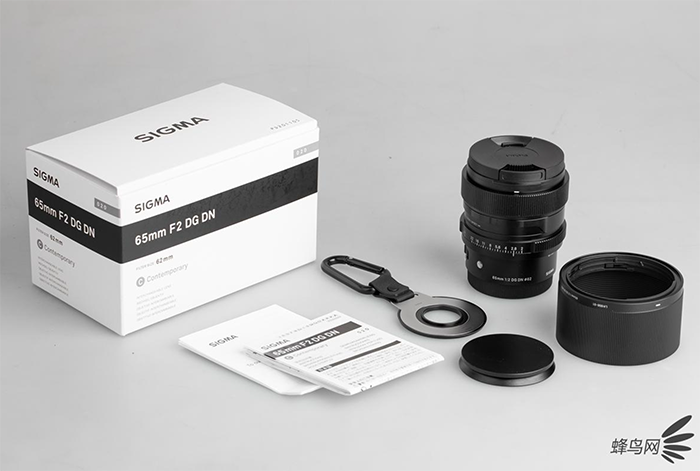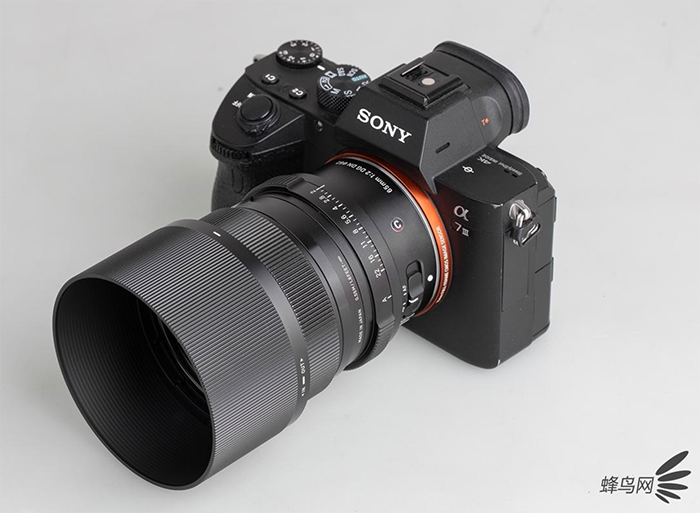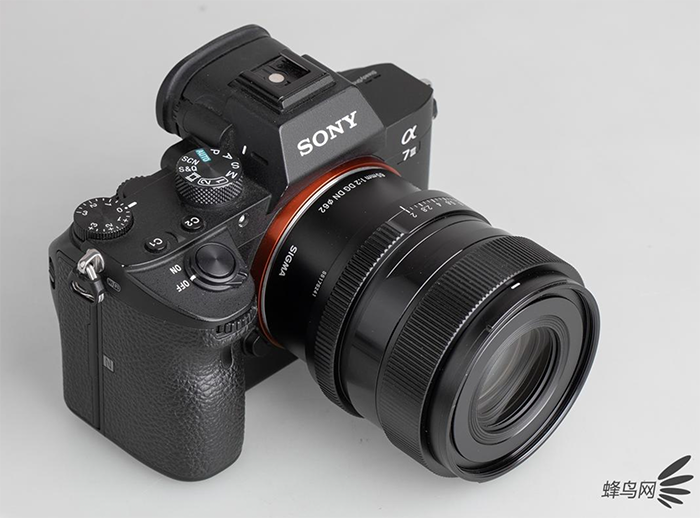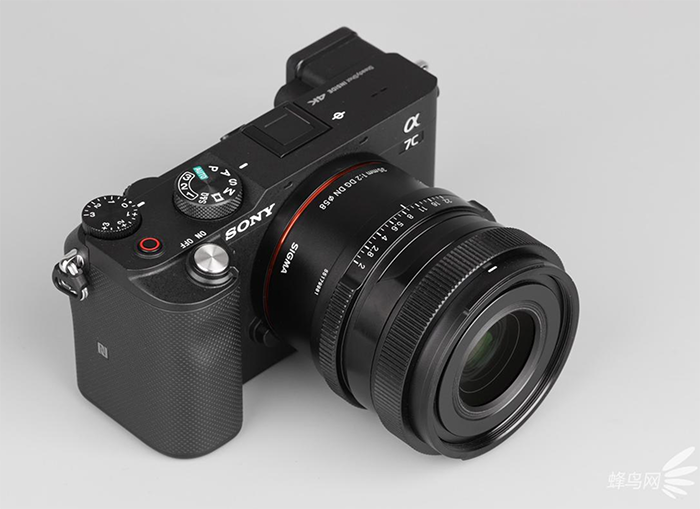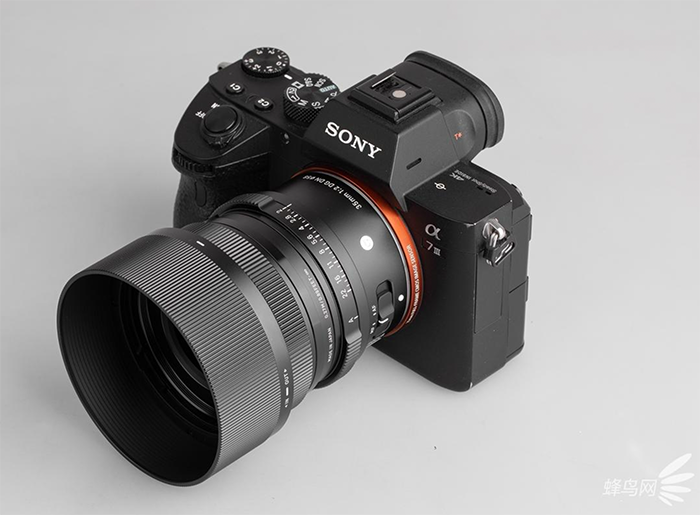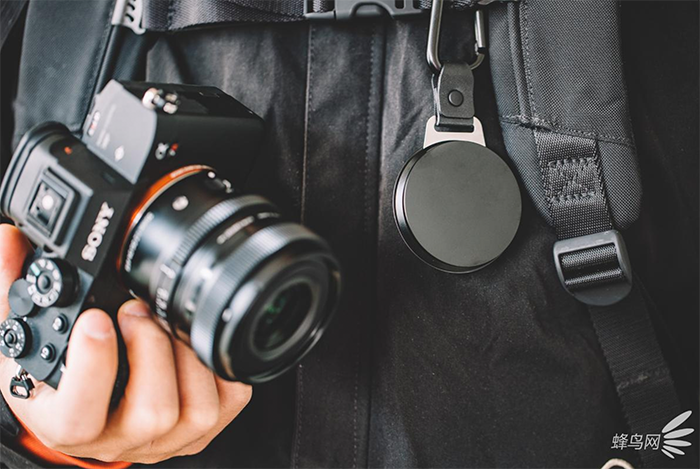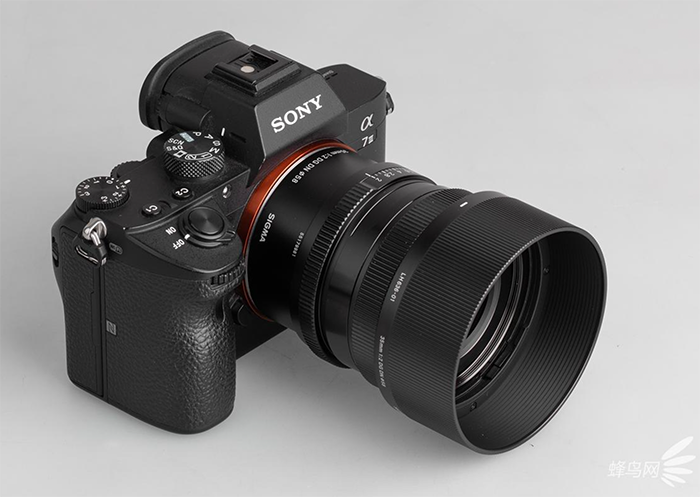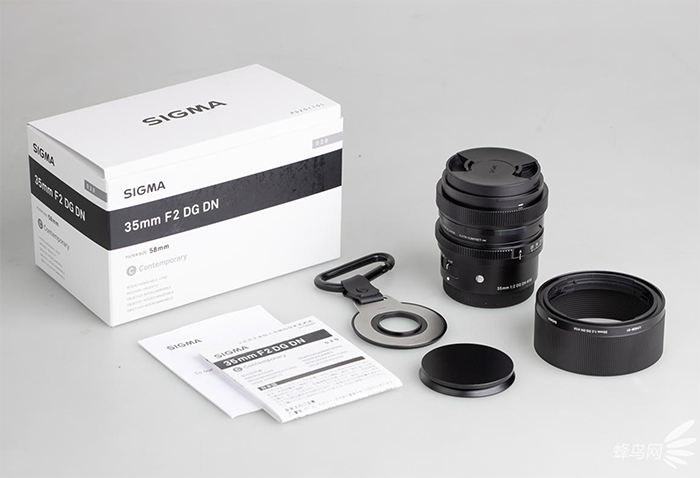
Sigma 24-70mm FE lens at Amazon, BHphoto, Adorama, Calumet DE, FocusCamera. WexUK
Opticallimits reviewed the Sigma 24-70mm f/2.8 FE lens and concluded:
The Sigma 24-70mm f/2.8 DG DN ART shows many of the strengths and weaknesses of a fast standard zoom lens. Don’t take this as something negative – it’s just how it is. In real life you can expect perfectly sharp results across the image frame at medium aperture settings. At large apertures, the center is ultra-sharp specifically at the wide end but the corners aren’t stellar – which is something that you can usually forgive in shallow depth-of-field scenes. That’s on high-megapixel cameras. On a 24mp camera, you won’t really notice much softness really. Image distortions as well as vignetting are heavy at 24mm but image auto-correction will take care of this (mostly). Lateral CAs are quite low whereas axial CAs are on the high side. A very positive surprise is the quality of the bokeh. Standard zoom lenses are rarely ideal in this respect but the Sigma is as good as most prime lenses in this respect.
Following Sigma’s ART line tradition, the build quality is excellent. The materials are top-notch and there’s no wobbling to worry about. The lens is also sealed against the elements (dust- & splash-proof). If anything to criticize, it’s the extending zoom mechanism but none of the manufacturers has managed to fix this aspect so far. The AF speed is pretty good but remains a little short of the best in class. Needless to say but the camera plays an important role in this respect as well.
If you are in the market for a fast standard zoom lens, the Sigma 24-70mm f/2.8 DG DN ART probably qualifies as the most reasonable choice – especially if you are targeting shallow depth-of-field photography and a quality bokeh.

